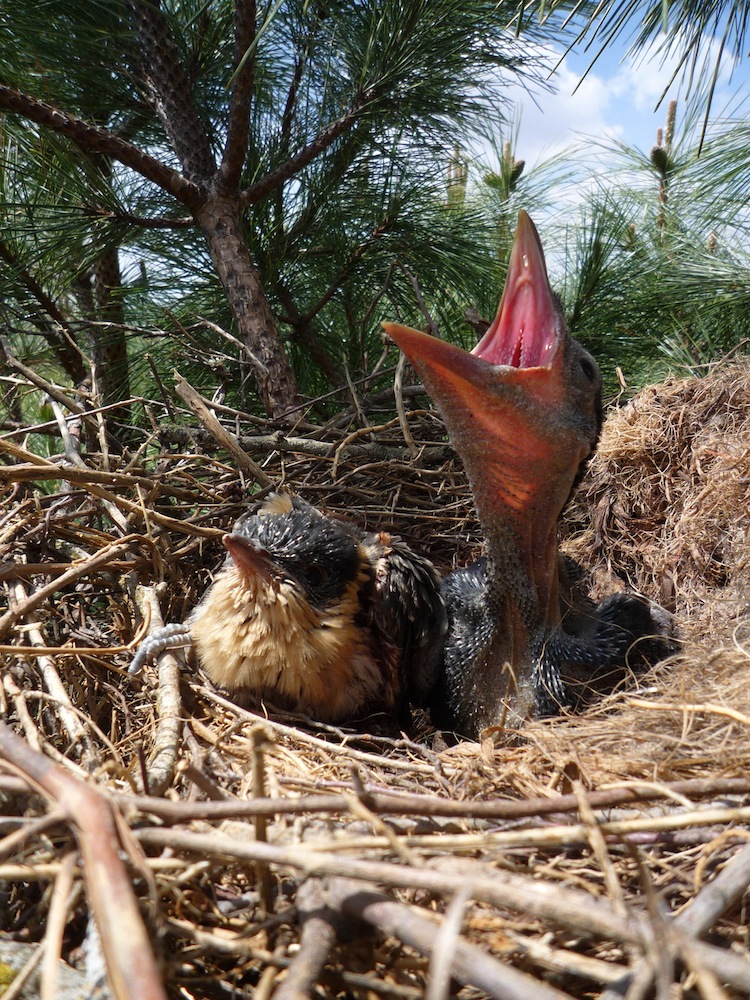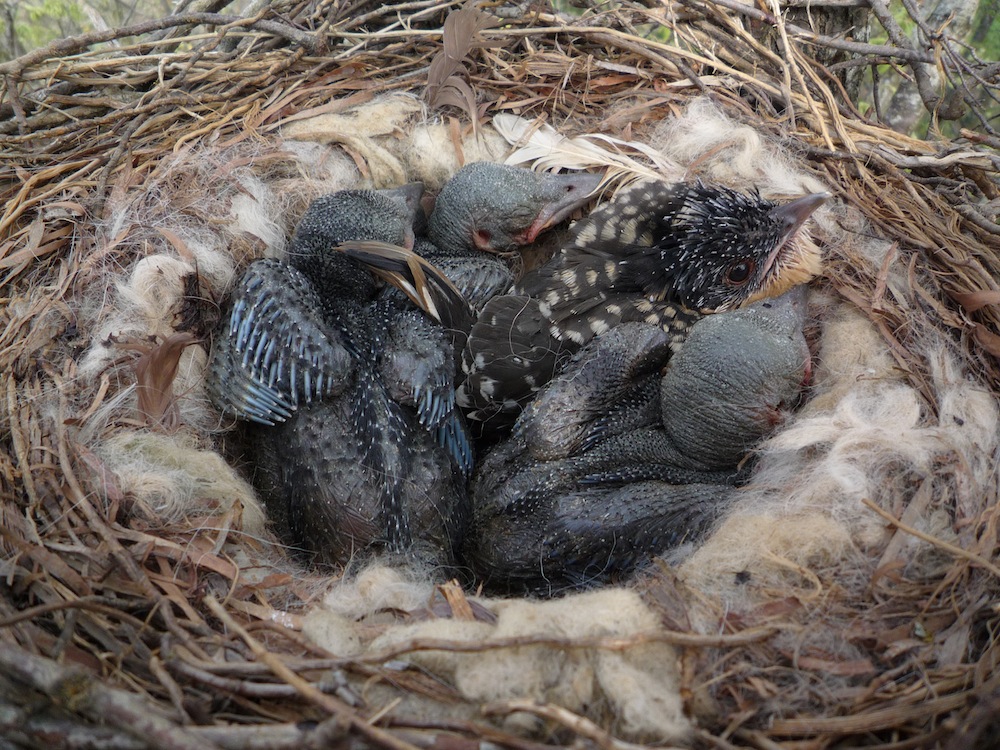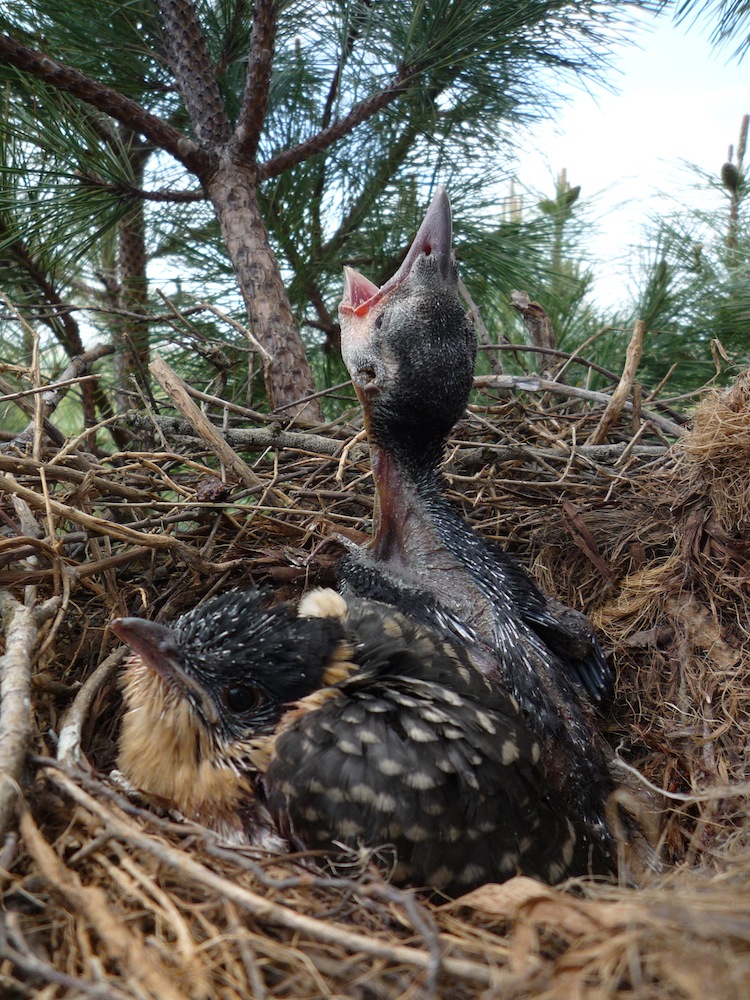Images of Great Spotted Cuckoo Invaders
Cuckoo and crow

Everyone knows cuckoos are the freeloaders of the animal kingdom, laying their eggs in other birds' nests. But such slackers may not be total parasites. A study of great spotted cuckoos and the carrion crows that raise the cuckoos' young finds that young cuckoos secrete a noxious substance that repels predators that come to attack the nest. These results suggest cuckoos and crows have a mutually beneficial relationship.Read full story
Parasitized

When cuckoos were present at a crow's nest, the nest had lower chances of being predated by feral cats and birds of prey. Read full story
Carrion crow brood

Maybe, the cuckoos were earning their keep, according to the study detailed today (March 20) in the journal Science.Read full story
Baby cuckoo

When threatened, baby cuckoos release a stinky secretion, which seems to deter predators. Read full story
Great spotted cuckoo chick

To test their theory, the researchers moved cuckoos that were in crow's nests to nests without cuckoos. Read full story
Great spotted cuckoo chick

Nests newly occupied by cuckoos had fewer predators attack them than cuckoo-free nests, suggesting the interlopers were, in fact, benefitting the crows.Read full story
Get the world’s most fascinating discoveries delivered straight to your inbox.



